The Year Was 2009
The year after the GFC
The US Government had committed USD$700 Billion to bail out the banks
Bernie Madoff had just confessed to running a $65 Billion Ponzie Scheme
In America 15% of the Wealth was owned by 1% of the population
Bitcoin was invented to solve that problem
Today just 1% of the world’s population have used Bitcoin
In August 2021 the Bitcoin’s market cap peaked at USD$1.27 Trillion
9 Months later almost USD$1 Trillion of value was wiped out
40% of Bitcoin users were underwater, and
90% of the Bitcoins were owned by 1% of the users
Maybe it’s time to ask the most pressing question of 2022…
What can Bitcoin teach us about marketing?
Lesson 1.
Marketing is the Art of Engineering a Social Proof
As Robert Cialdini points out in his 1984 book Influence
People copy the actions of others (in certain situations)
We conform to the rituals and ceremonies of the tribe because we choose to belong
We seek to engage in the shared experience
The objective is to create the illusion everybody is using it before anybody is using it
The obvious question is How? How do we do this?
We tell the world everybody is using it... but it's the world's best kept secret
We'll begin with Facebook. The anti-marketing myth tells us Facebook ignited the collective imaginations of Harvard's student body and went onto become the goto social messaging experience for over a billion people.
The problem with this story is it doesn't account for Facebook receiving national press coverage in the New York Times and on CNBC while it was still just a fledgling Harvard start-up back in April 2004.
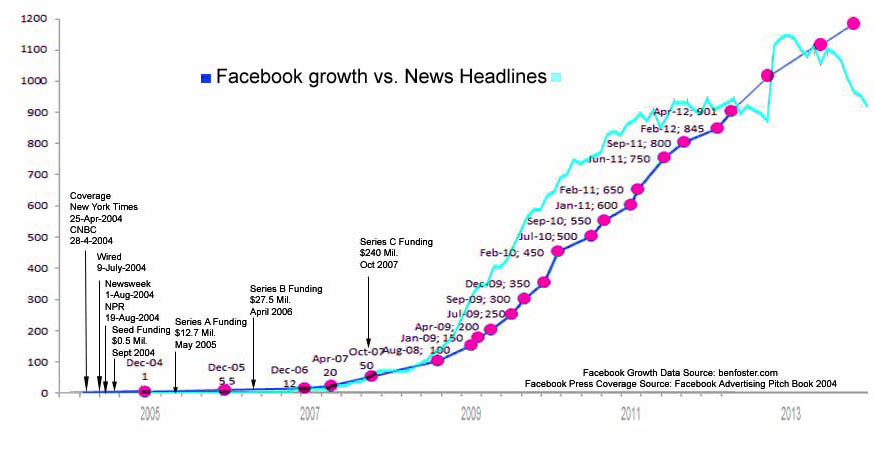
Let's try another - Snapchat. The Snapchat viral growth story didn't ignite until the New York Times ran a piece on teenage sexting habits. The "killer app" facilitating this new found promiscuity? You guessed it. Snapchat.
Whatsapp received similar treatment in the Wall St Journal. Only after that did the "SMS disruptor" ignited the market. Instagram was covered by the New York Times within weeks of its launch and both the New York Times and the Washington Post amplified the AirBnb story back in November 2009. Meanwhile Twitter was proclaimed by the New York Times and mainstream US media as the breakout hit of SXSW in early 2007.
Roll back a decade and you'll find Google, Amazon, eBay and Yahoo! benefited from the same "Network Effects" courtesy of America's mass media.
You see, despite all the social media hype of how we can all share and be saved, there is nothing like a well executed PR campaign, and the accompanying popularist media commentary, to change hearts and minds at scale.
Bitcoin is no exception
Scan the American media over the past 13 years and you'll find it is full of the unlimited potential of Bitcoin, Blockchain and Crypto innovations like Tokens, DeFi, NFTs and DAOs
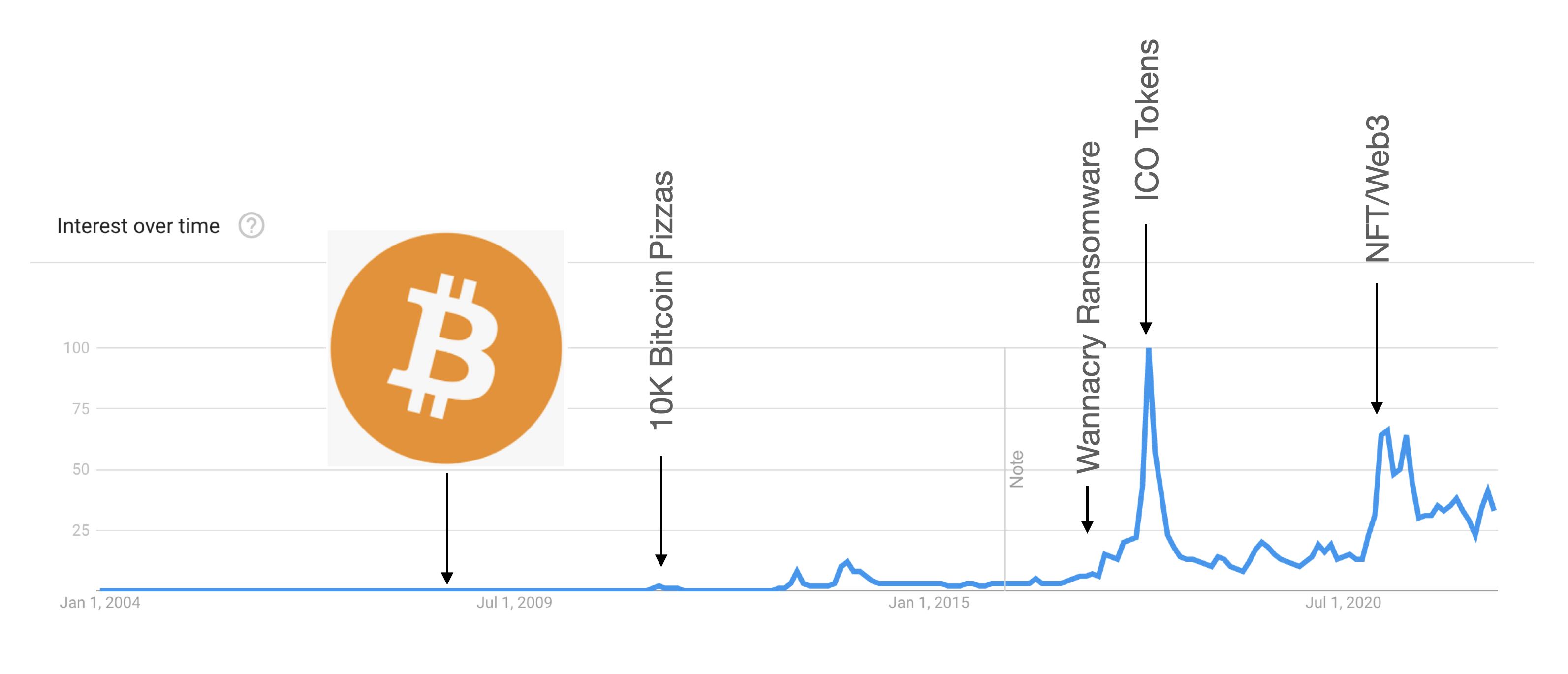
There have been a number of attempts to launch a social proof for bitcoin
The 2010 10,000 Bitcoin for 2 Pizzas PR stunt to prove the value of Bitcoin as a currency of exchange is now legendary.
It is celebrated every year by the faithful
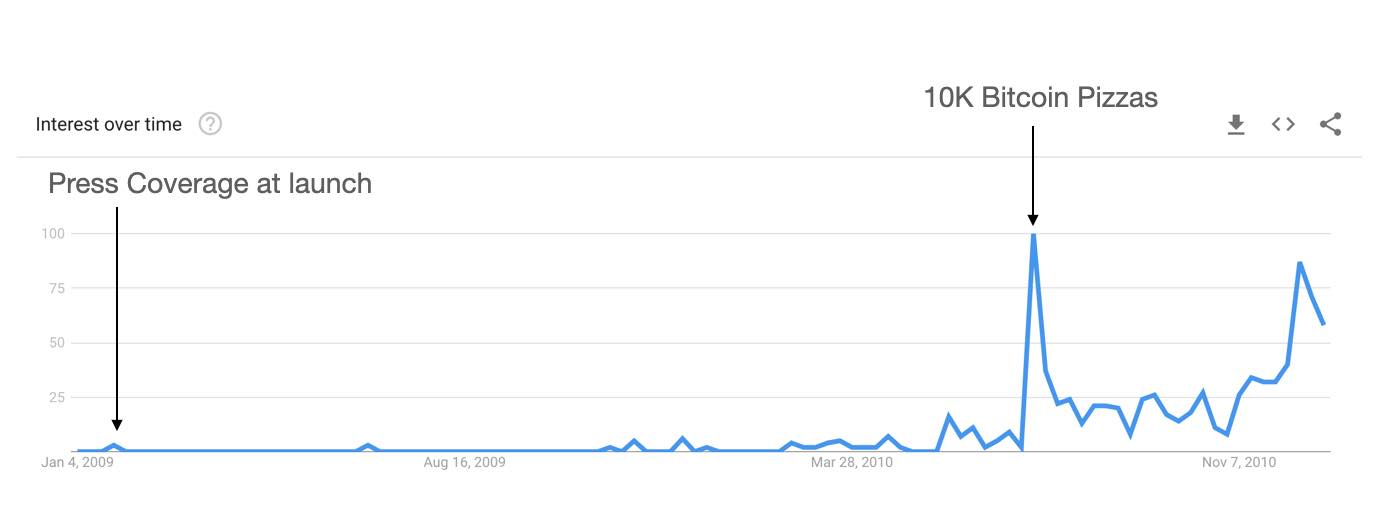
By 2012 Bitcoin was the well publised currency of choice for those seeking to trade on the dark web
By 2016 the terms Bitcoin and Ransomware had become synonomous
Bitcoin was touted as being trustless, anonymous & secure
The FBI and the many hackers have subsequently proven 1 out of 3 ain't bad...
However - despite the hype and the generous press coverage - Bitcoin adoption remains one of the slowest for any financial innovation in over a milenia
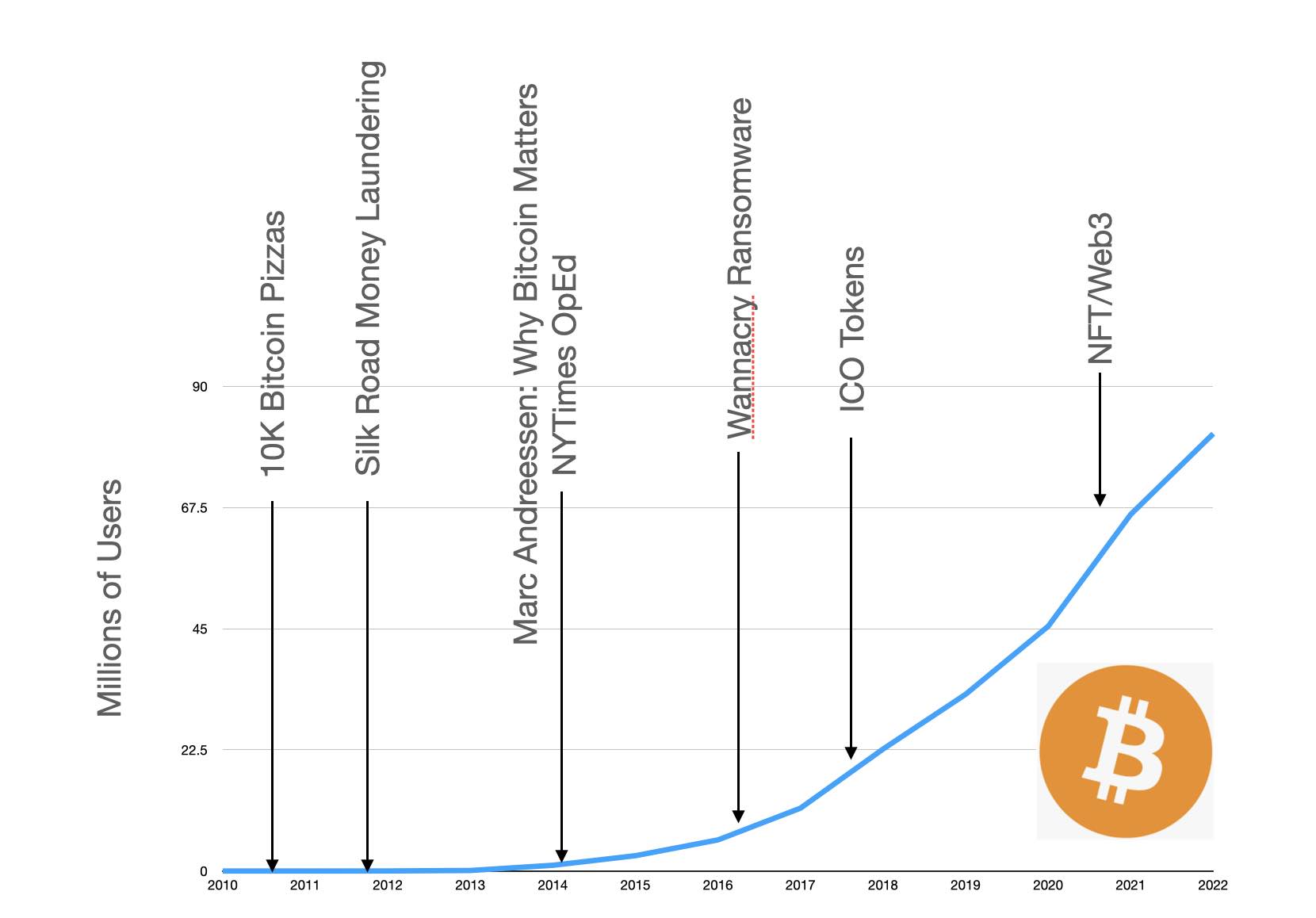
But that isn't to say the many social proofs that have been tried over the years haven't had any impact
Each time they've changed the story. They've also changed the game.
and the price goes up...
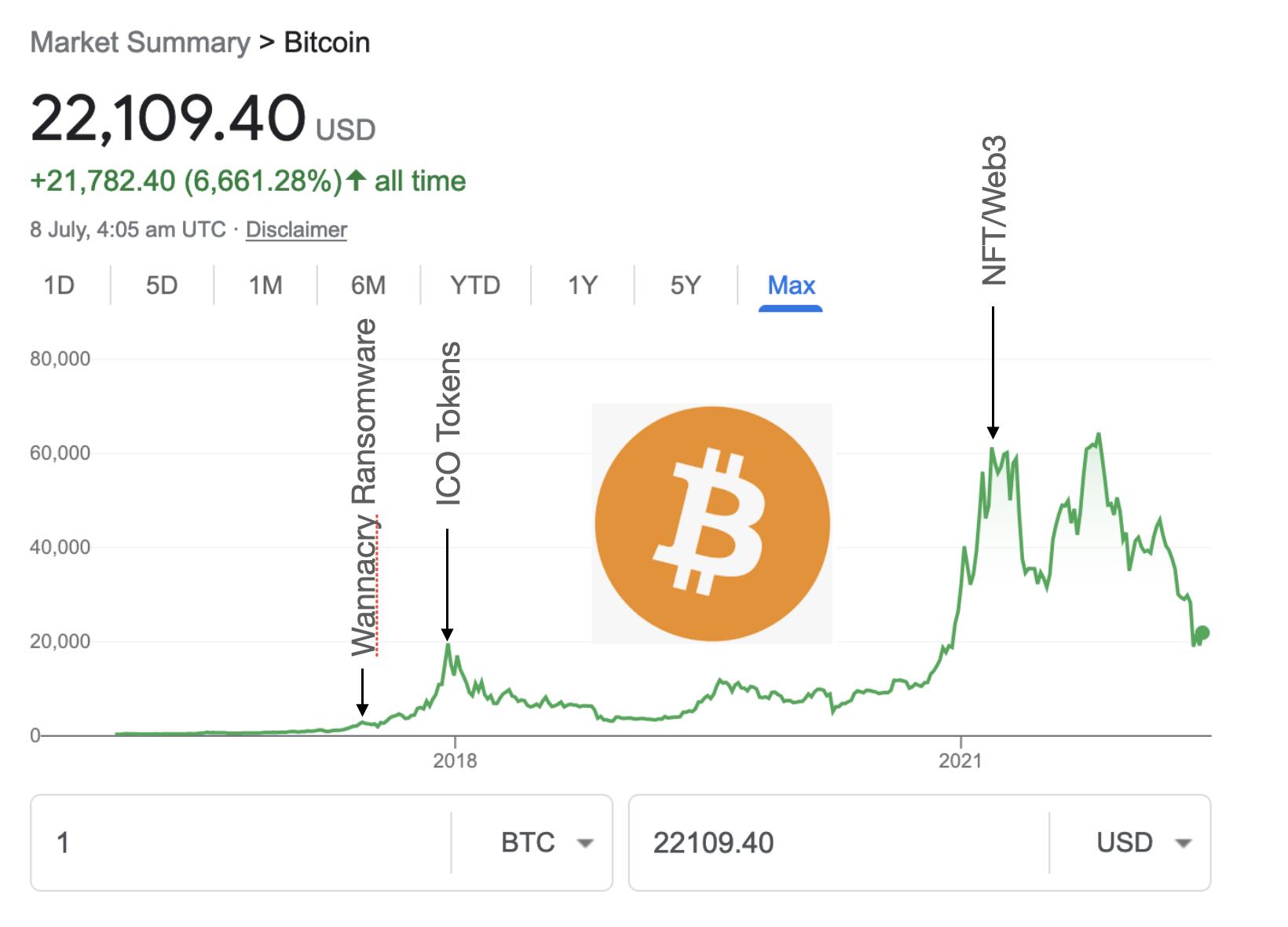
The question is why?
The answer is...
Lesson 2.
Marketing is the Art of Engineering Scarcity in Abundance
Today 90% of Bitcoins have been mined
But only 1% of the world's population use Bitcoins
Boosters would say it's early days. But in truth Bitcoin adoption has been slow and continues to be weak
However ~1% Users Own 95% of the BitCoins
So although adoption is weak. The amount of Bitcoins in circulation is very small
Those in the know would say 'supply is artificially constricted'
This means bitcoins in the wild are scarce. But the good news is - assuming you can generate demand - this artificial constraint means the price for Bitcoin can rapidly inflate
What's more this scarcity by design has a flow on effect
Because, as every economist knows, the free market is very good at responding to a shortage
That's why today we have a glut of new crypto currencies
and with each new wave of crypto currencies the social proof, and ultimately the price people are willing to pay for Bitcoin, is validated
Lesson 3.
Marketing is the Art of Framing Choice
The explosion in crypto curremcies means the prospect is faced with abundant choice
Just how do you choose a winner? Where do you place a bet or two?
The answer to that question can be found by examining the choices facing investors in the 'old fashioned' stock market
Here are the probabilities of you chosing a stock capable of beating the market index
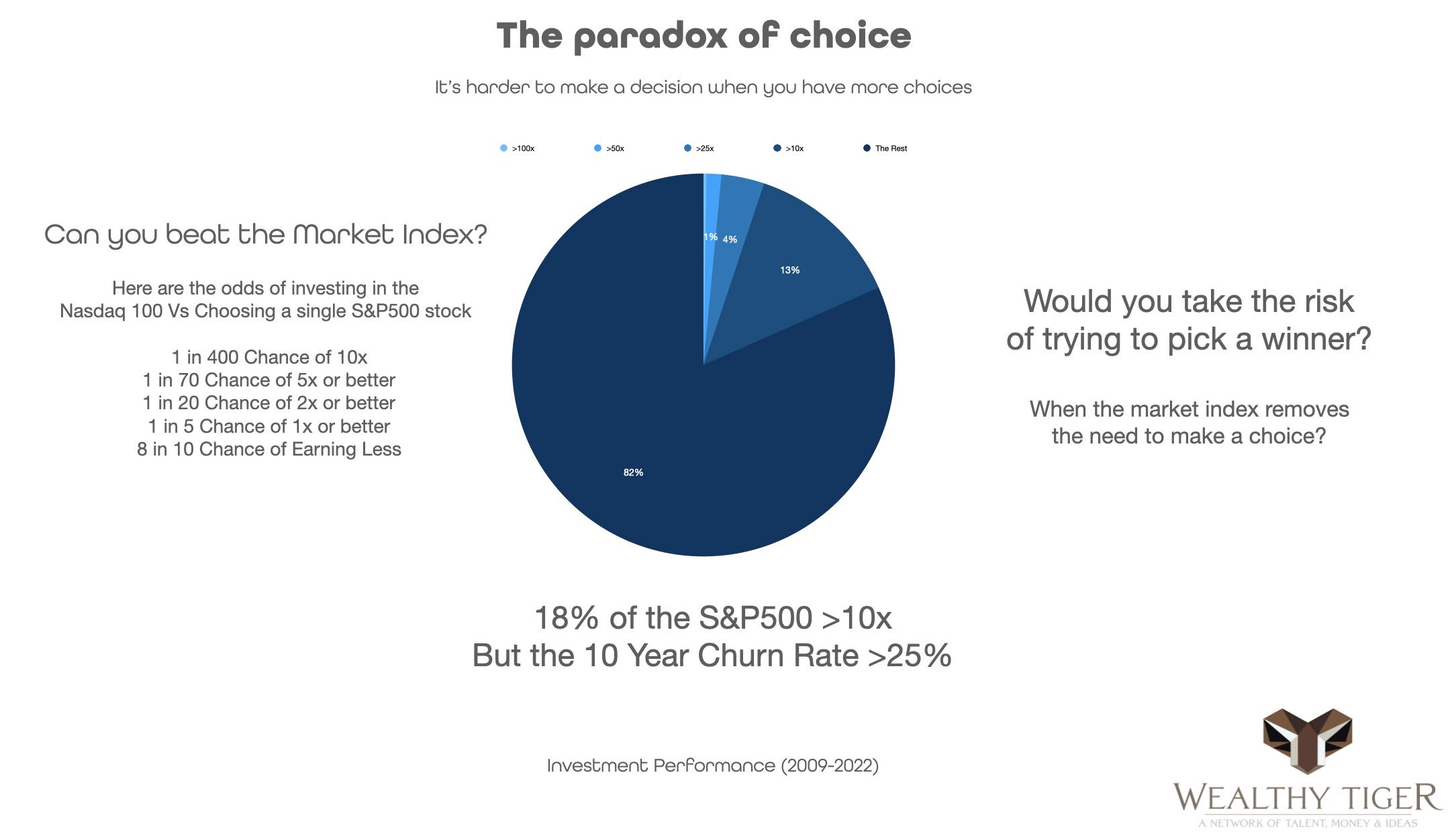
The odds are - given no information... other than the ability to make a random guess - you will fail to bet investing in the market index
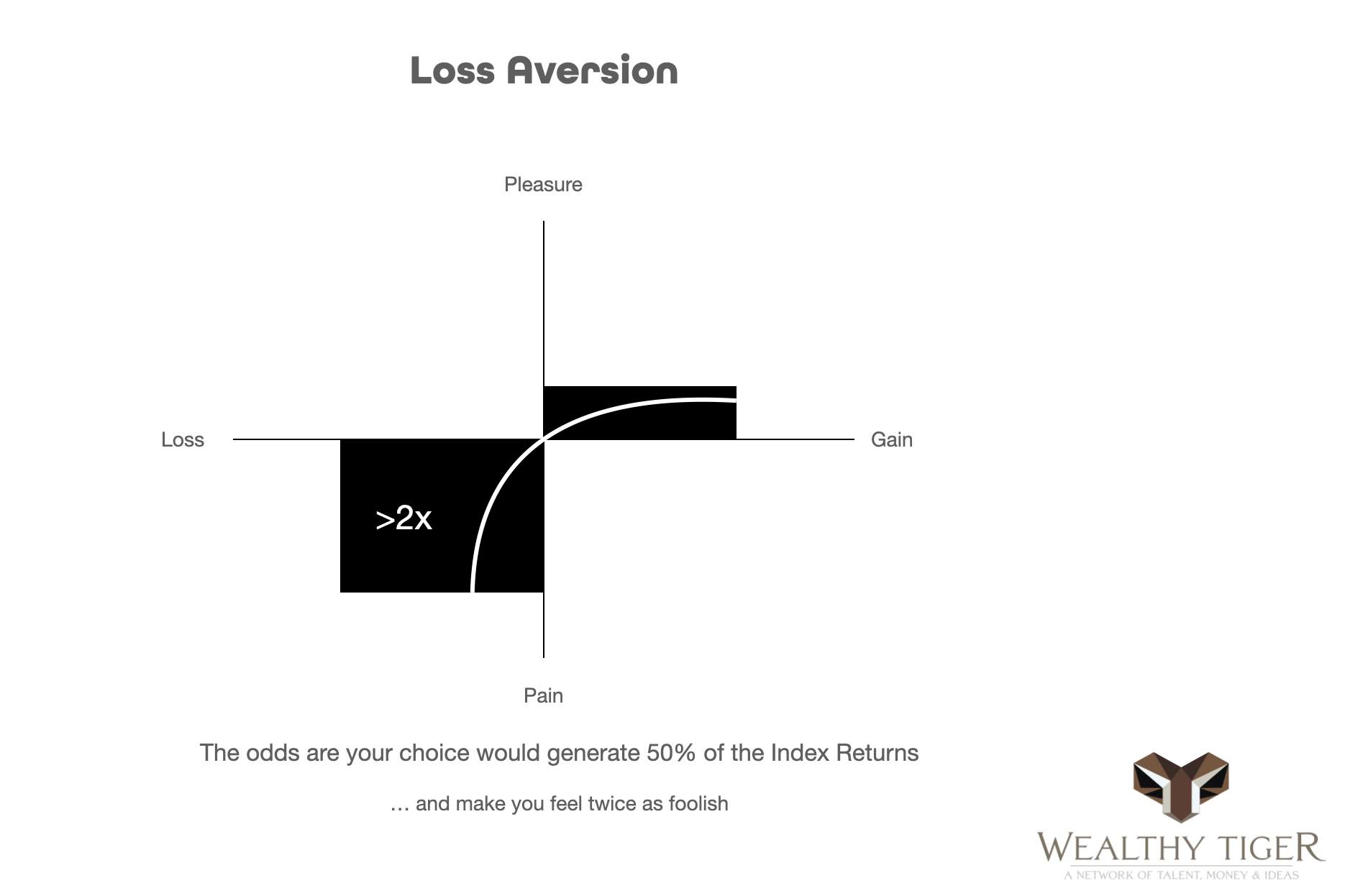
But let's frame the choices
What happens to your ability to beat the market index if you limit your choices to popular consumer brands?
Take a look at this collection of logos and - before you scroll down any further - choose 3 for your investment portfolio
Now scroll down
Did you beat the market index?
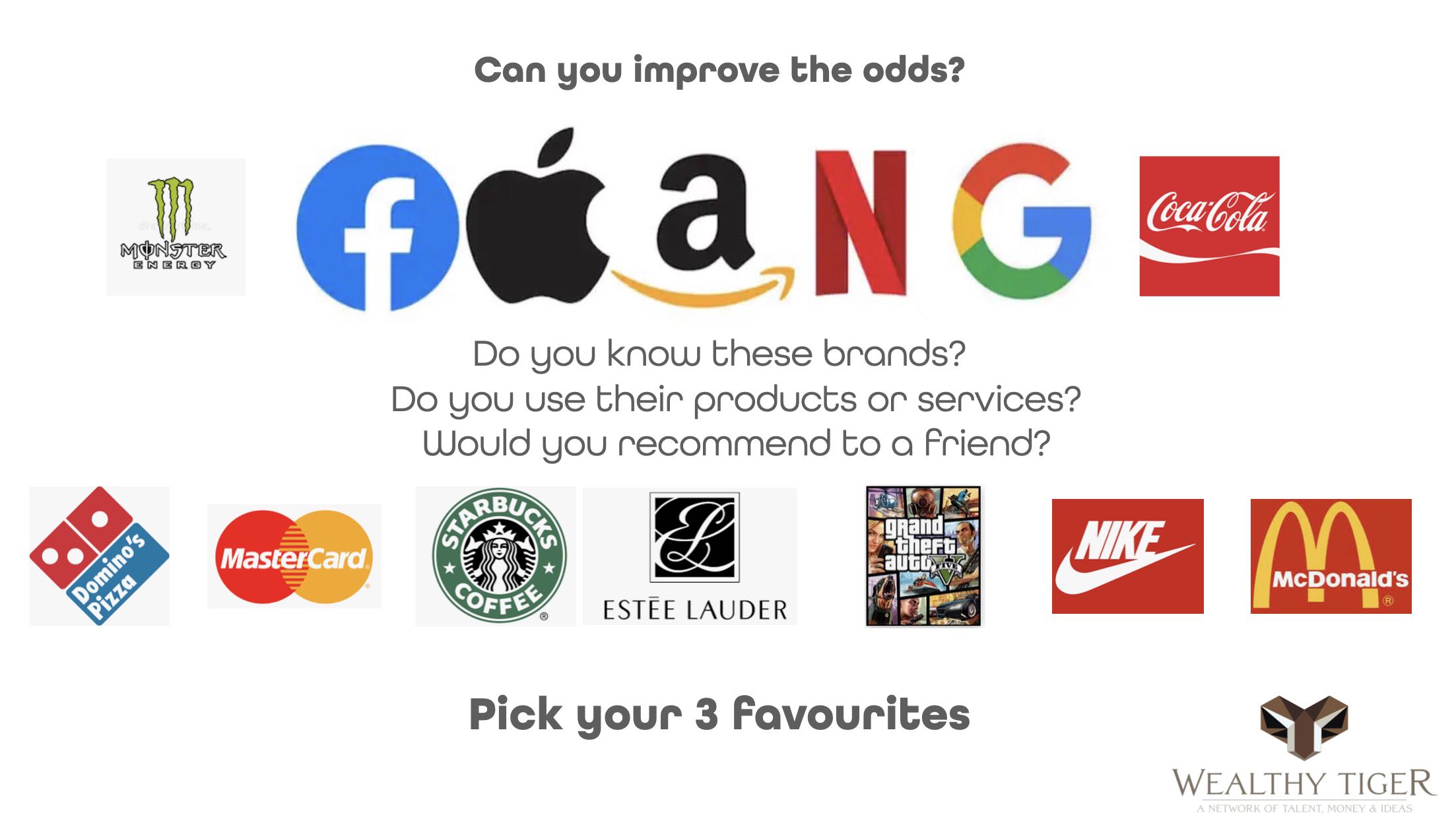
In all probability you beat it comfortably
You also beat 95% of professional money managers and VCs
As to the question of why? The answer is you placed a bet on the extrinsic value of the brand
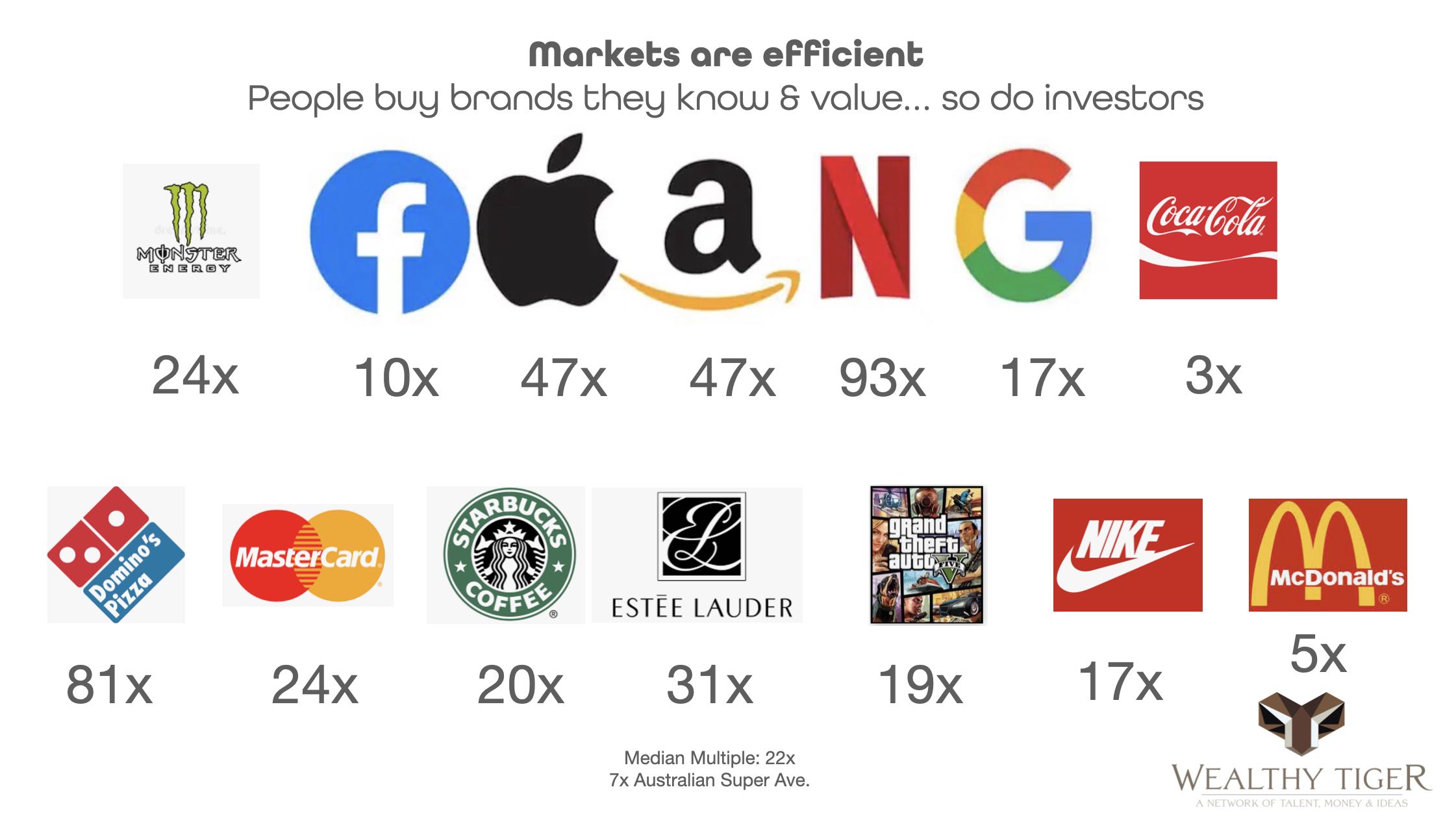
People invest in Bitcoin because the success of the brand frames their choices vs the overwhelming number of alternatives in the crypto space
The increasing number of crypto brands validates the sector
Bitcoin is the leading brand
The choice - as they say - is simples
... and this leads us into the broader question of how do we evaluate our social proof?
Lesson 4.
Marketing is the Art of Engineering Extrinsic Value
Marketing, or more accurately advertising and promotions, is a game of logic + emotion
Allow the prospect the luxury of evaluating your product or service logically and you end up with a debate about price and value
Guide the prospect towards the pleasures of indulging in the 7 deadly sins and you end up defeating logic with emotion
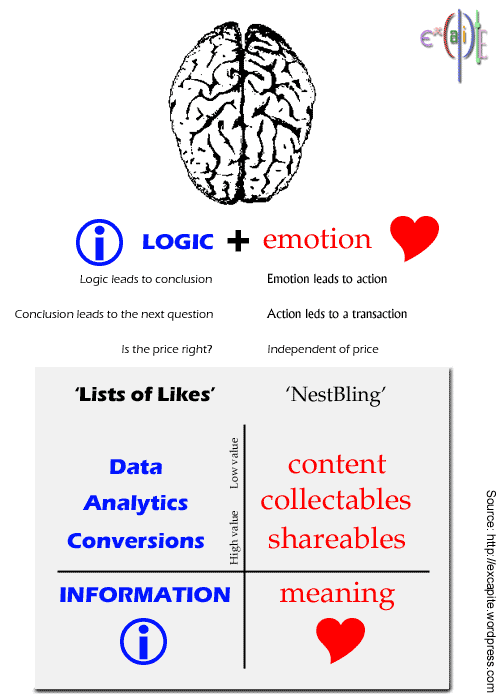
When we discuss the product or service in Logical terms we are describing and measuring its Intrinsic Value
When we discuss the product or service in Emotional terms we are describing and measuring its Extrinsic Value
To help you understand this idea here are some examples comparing the intrinsic and extrinsic value of 3 popular consumer products
Basically the extrinsic value is the premium the brand generates over the cost of goods
You could say it's the proof the social proof is working
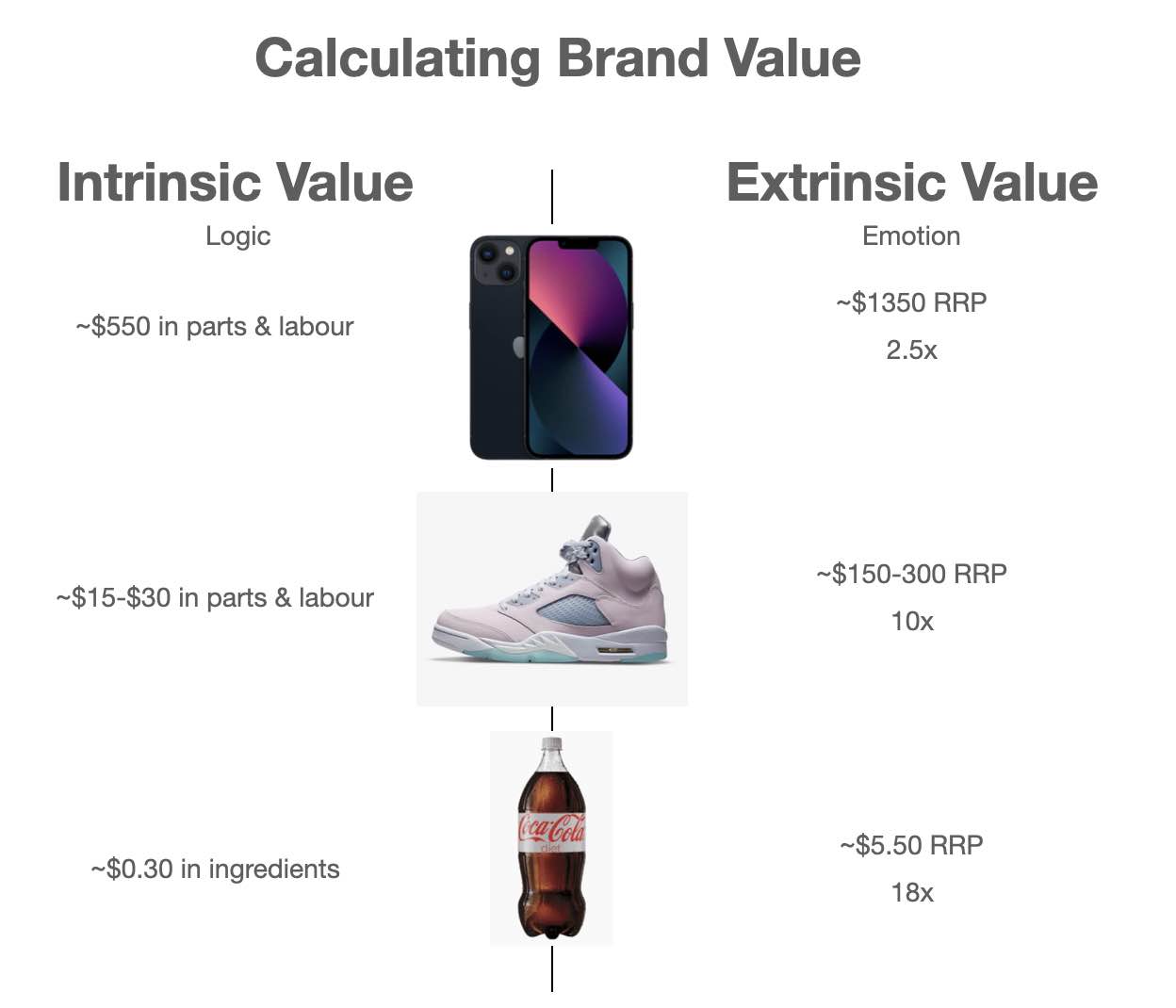
Now let's take a look at Bitcoin
We'll begin with the observation Bitcoin is an arbitrage on the cost it takes to create/find a Bitcoin
We'll also note that the cost increases as Bitcoins become harder to find and most of the time mining operations are underwater
This means Bitcoining only becomes profitable when the price goes up
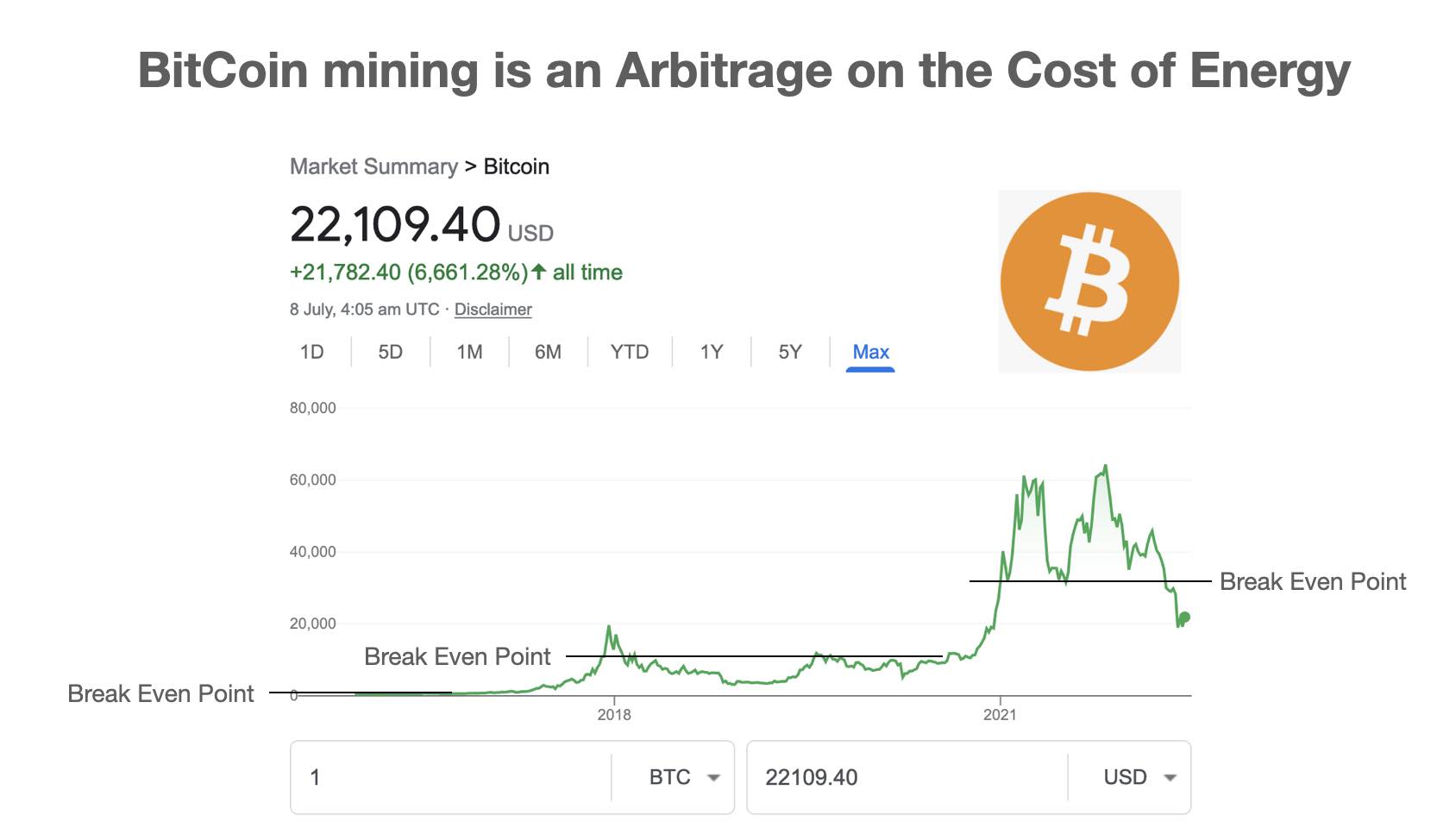
Mapped over time we discover - even during the peak of the bubbles - the Extrinsic value of Bitcoin was far richer in the earlier days than what it is today
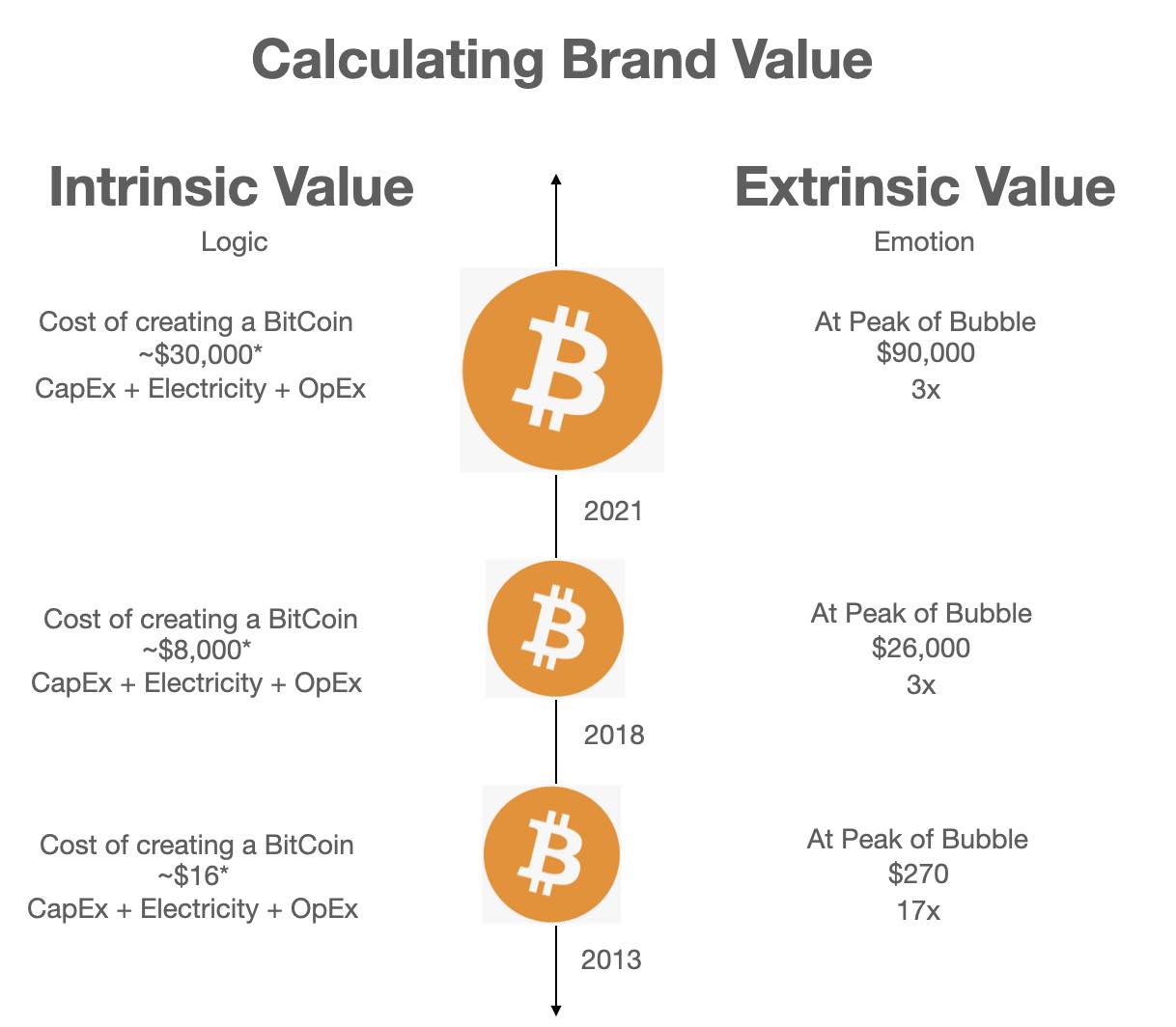
Basically Bitcoin is a game for very early adopters
This is why so much effort has been expended since 2014 engineering new collections of crypto coins (e.g. Ethereum)
and this observation leads us gently into our last law of Bitcoin marketing
Lesson 5.
Marketing is the Art of Engineering Anchors
At the crux of the Bitcoin story is the power of anchoring
Bitcoin is a financial product
Its success or failure is anchored to the performance of other financial products
Let me show you how it works
This is a snapshot of the Australian economy
If you owned a house or invested in digging holes in the ground somewhere you'd feel pretty good about yourself
In the post GFC boom you have doubled your wealth
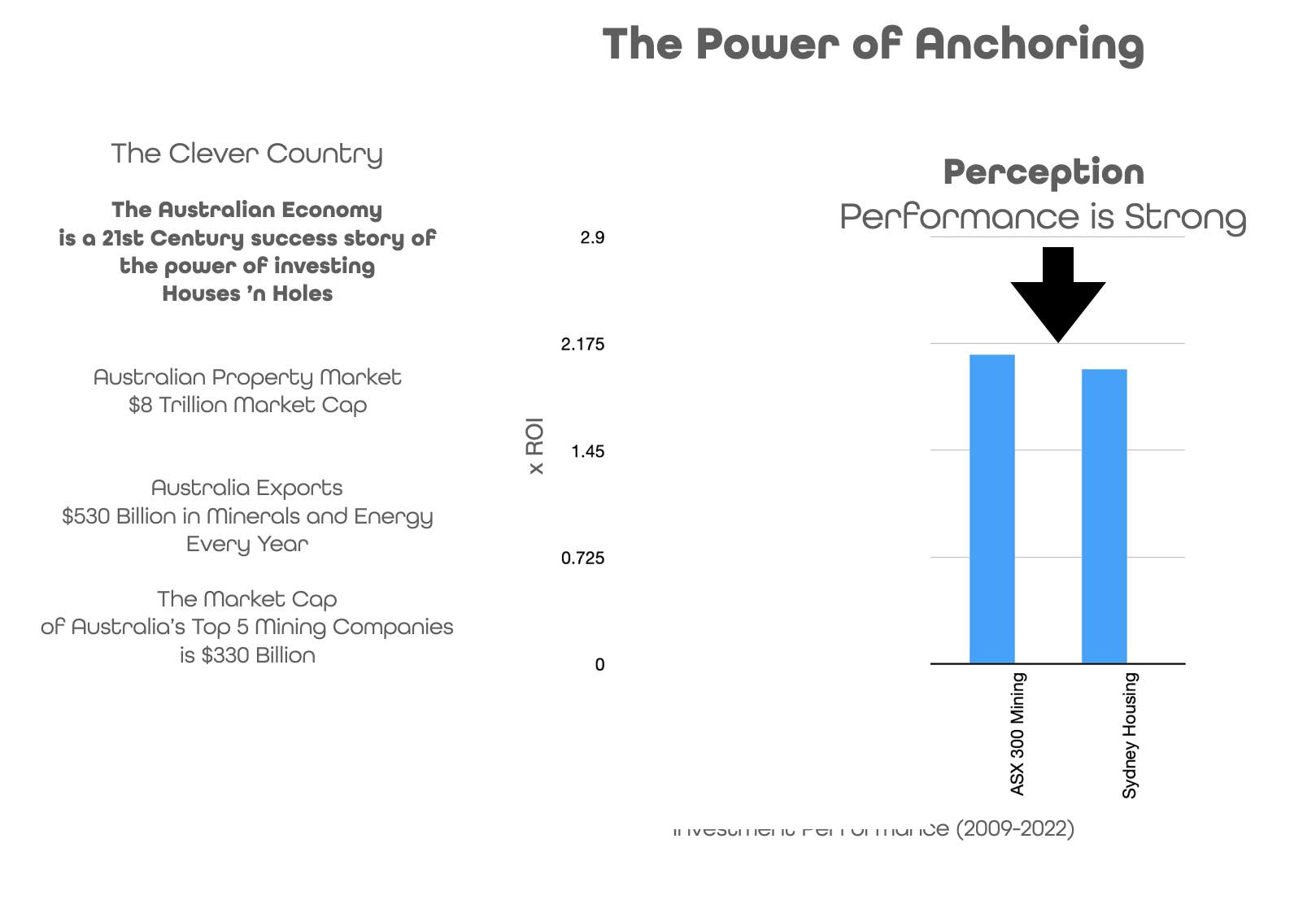
Step back and throw your pension scheme into the mix you'd be feeling even better
Your Super Fund has probably tripled in value over the same period
Life as they say... is good!
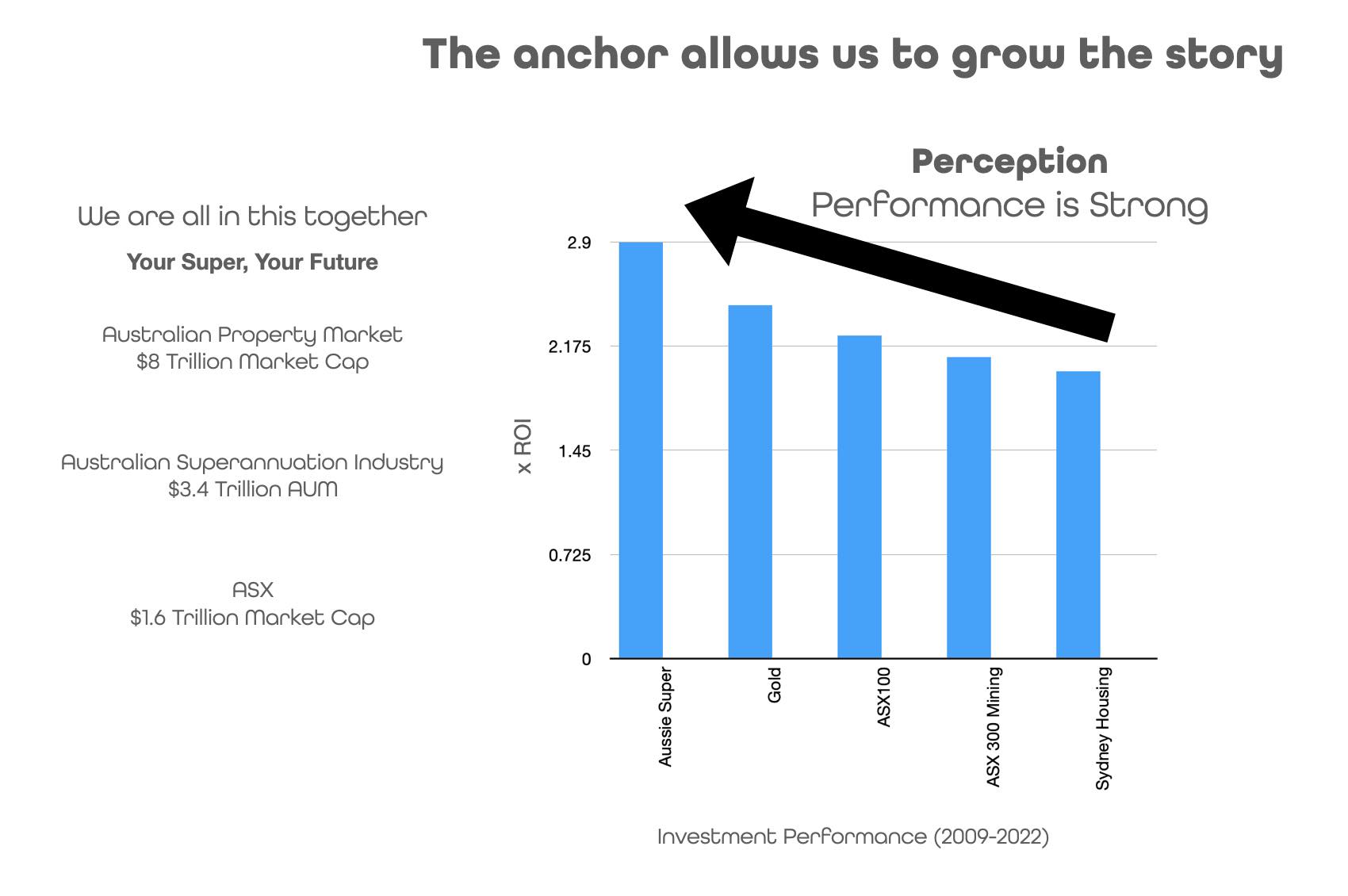
Things start to look a little disappointing when you spread your gaze across the pacific
Investing in the passive tech index in America has delivered 10x over the same period
Basically American tech investors have outperformed the "Houses 'n Holes" investor by a factor of 5 since the GFC
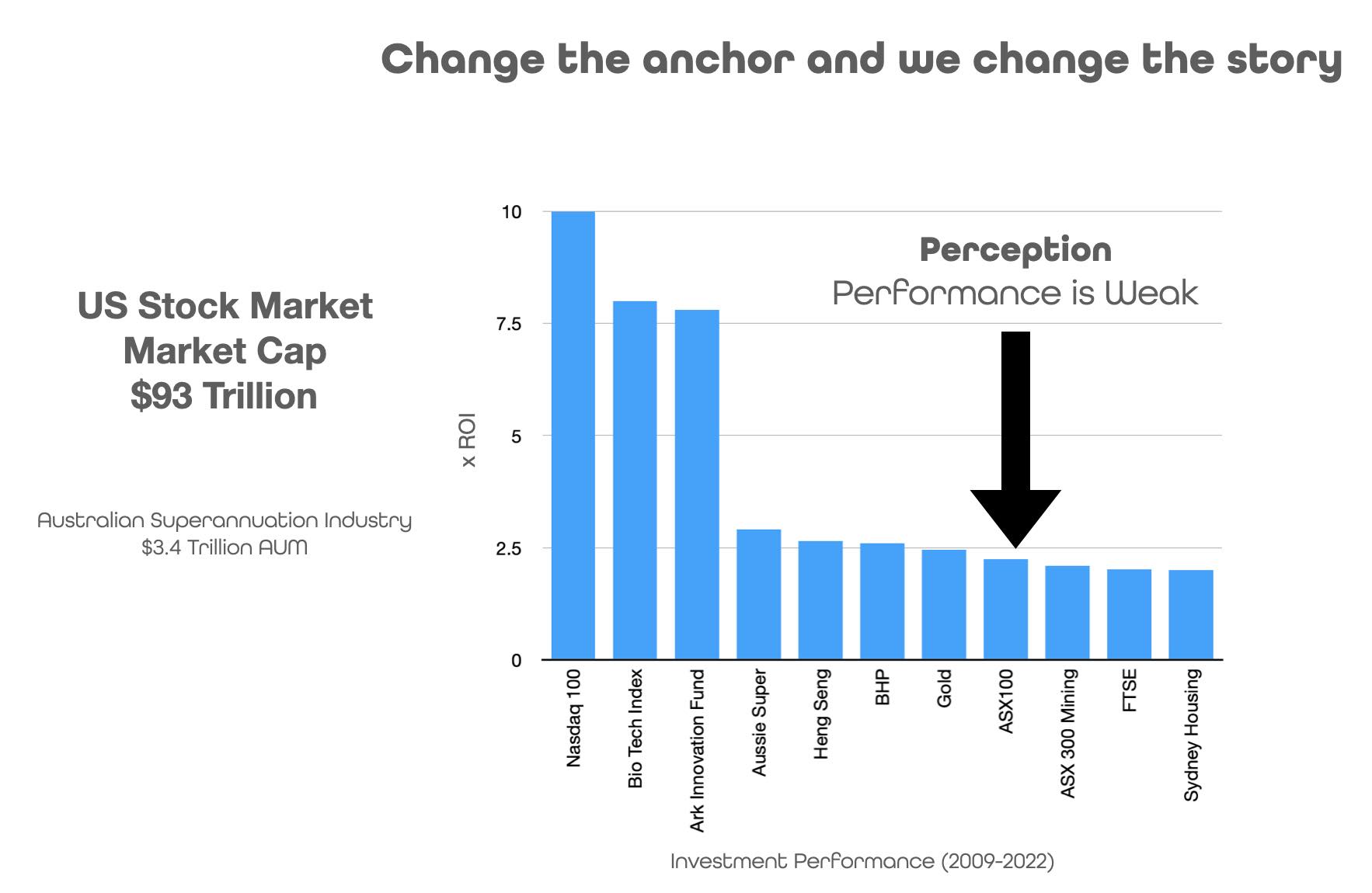
Spread your gaze over the world of Bitcoin and the crypto and suddenly your are looking at a moonshoot and you have missed the ride
The returns are in a word... logarithmic
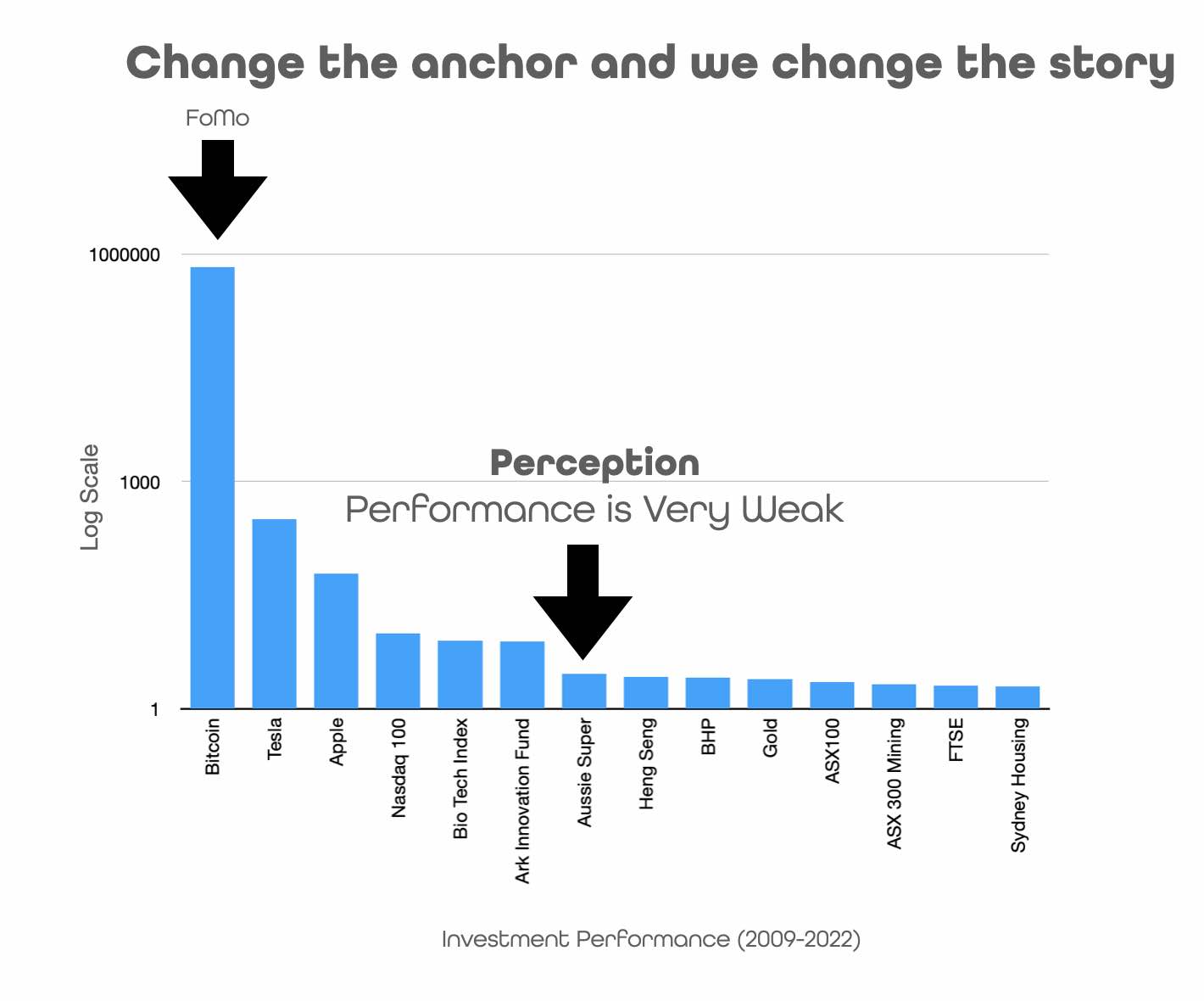
This is where FoMo kicks in. The Fear of Missing out.
There is a ravenous hunger. Arguably all 7 of the deadly sins are whipped up into frenzy. The crowd must feast until its appetite for a digital future is sated
And this is where people get emotional and jump in
The madness of the crowd is a wonder to behold
Ladies and gentlemen. Boys and girls. I give you the Bitcoin story
A wonderous tale of how digital reality of Zero Cost of Entry morphed into the illusion of Artificial Scarcity
They changed the story (many times). But they didn't change the game.
They just leveraged the basics of marketing to motivate enough people to join the secret tribe and play a new game they have constructed on their terms
Closing thoughts?
I want to thank Leonard Lee for posing the question: What is the Intrinsic Value of Bitcoin?
It was by any measure a question worth exploring
If only as a closing chapter to the Metacryptoverse
To be honest 6 months on. Now the bubble has popped. The question seems somewhat moot
Did I nail the answer?
I leave that up to you to decide
At least until next time